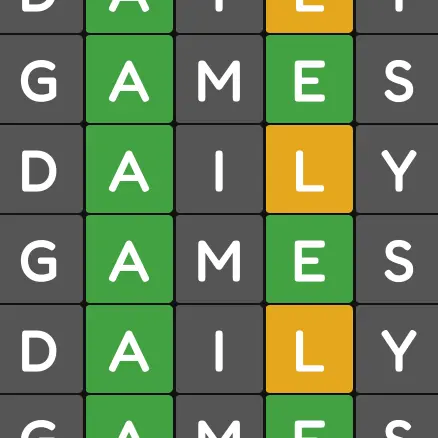Get a very long Ethernet cable, and occasionally walk around the building with the WiFi router. If there’s a particular spot where the access has been bad, point the router at it and hold it there for a few seconds, up to a minute. The more devices you have using up your WiFi, the more often you’ll have to do this to keep it spread out.
At my grandmother’s house, we only have to distribute the WiFi once per year, because she only uses a little WiFi. At work, with dozens of heavy users, we have the IT intern do it once per day, Monday to Thursday. That way we run out of WiFi on Friday, and the developers won’t do any deploys.













It, uhh… It looks like your double peen is made of plastic. Are you sure this is something to brag about?